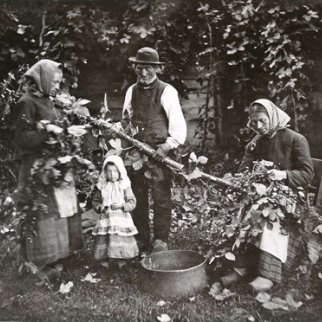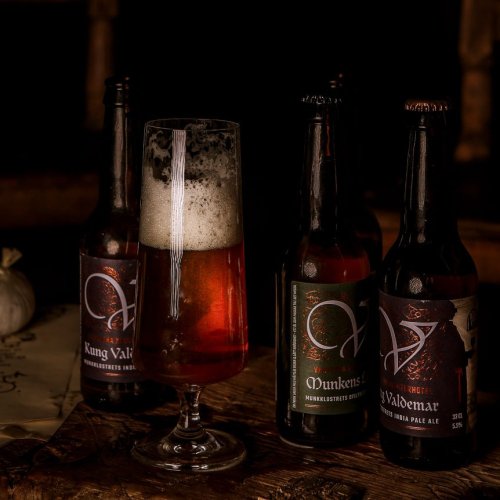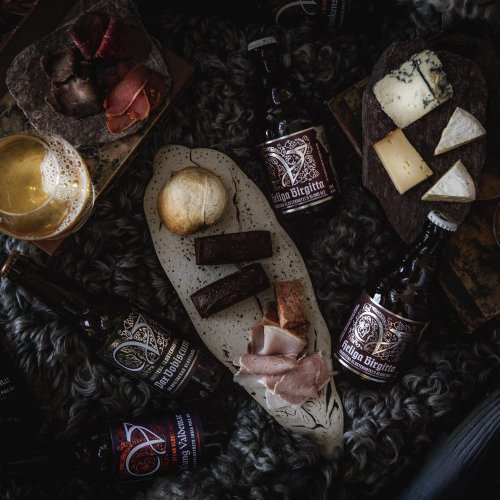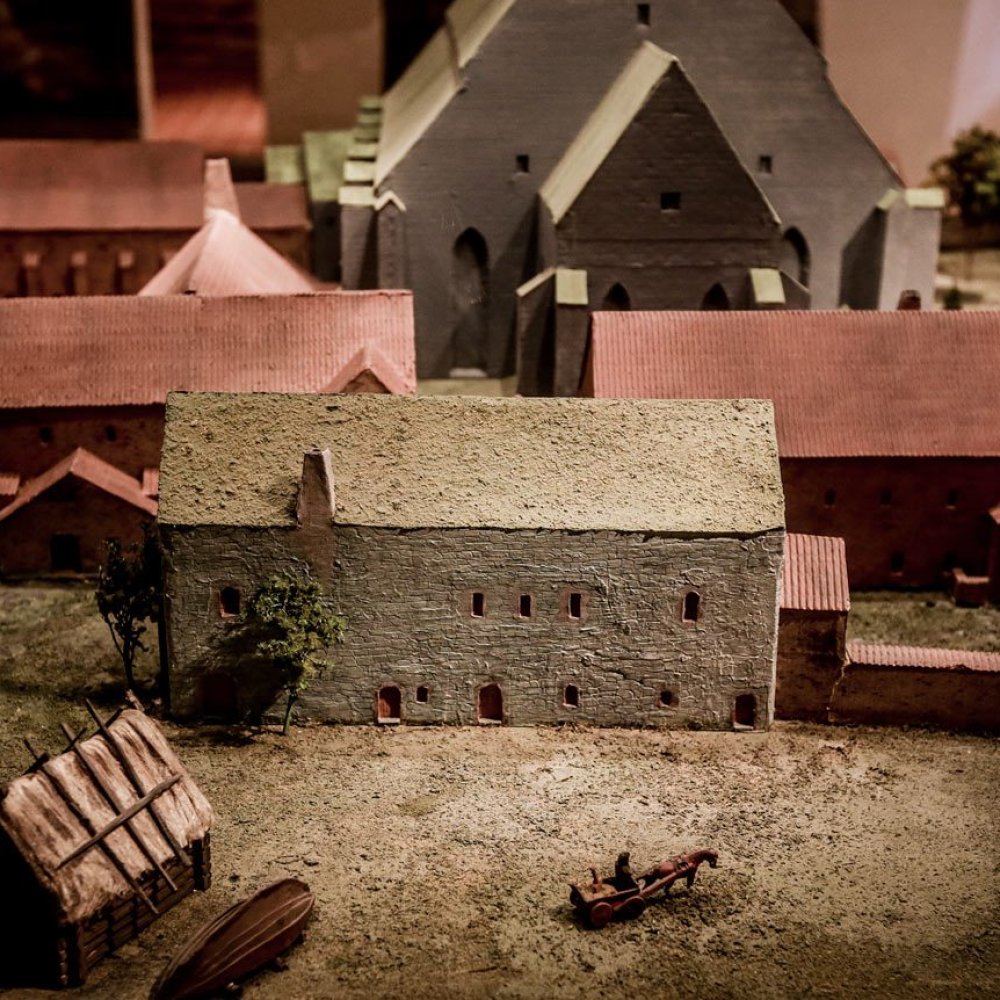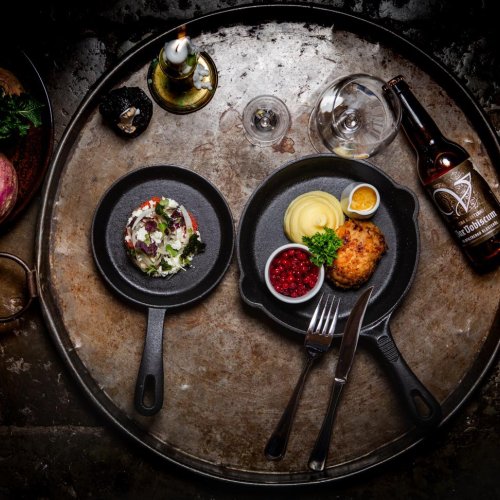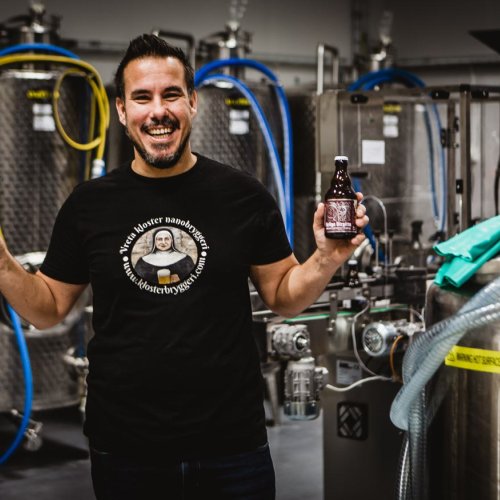Vadstena Klosterbryggeri was widely known for its high-quality beer and was the largest brewery in the Nordic countries in the Middle Ages (15th century onwards). It is of course difficult to know what 'high quality' meant in the Middle Ages. What is known is that the water was largely undrinkable due to various contaminants in the form of bacteria from sewage that seeped into the drinking water wells. Just as well to drink beer (and wine). From 85 to 225 people (certainly more) are estimated to have had their fair share of the brew - for the monastic people about 5 liters a day. That's quite a few liters in a year.
Brewing knowledge almost certainly came from other monasteries in Germany. Gnadenberg in Bavaria is mentioned as a possible location (which later became a Birgitta monastery). The people in the monasteries were learned and probably shared knowledge and experience with each other - including the art of brewing beer, which Bavaria was an early adopter of.
Malt
Vadstena Klosterbryggeri had its own malting plant, which meant that they could buy unmalted barley from nearby farms in central Sweden. Malt was also purchased, literature sources mainly mention Öland but at times malt was delivered from Södermanland and Östergötland etc.
hops
As far as hops were concerned, in 1442 it was laid down by law that each farm had to cultivate a hop yard with 40 poles, which was increased to 200 poles in 1472. The king wanted his beer and wanted to reduce imports from what was then Germany. Known places from where Sweden imported high quality hops was Braunschweig, however there is no surviving information on what kind of hops grew there - probably Hallertau (in varieties) and/or Saaz which are nowadays referred to as noble hop varieties. The rootstocks that were planted were imported from Germany and several of our Swedishized varieties that can still be found today are almost identical to these German varieties.


